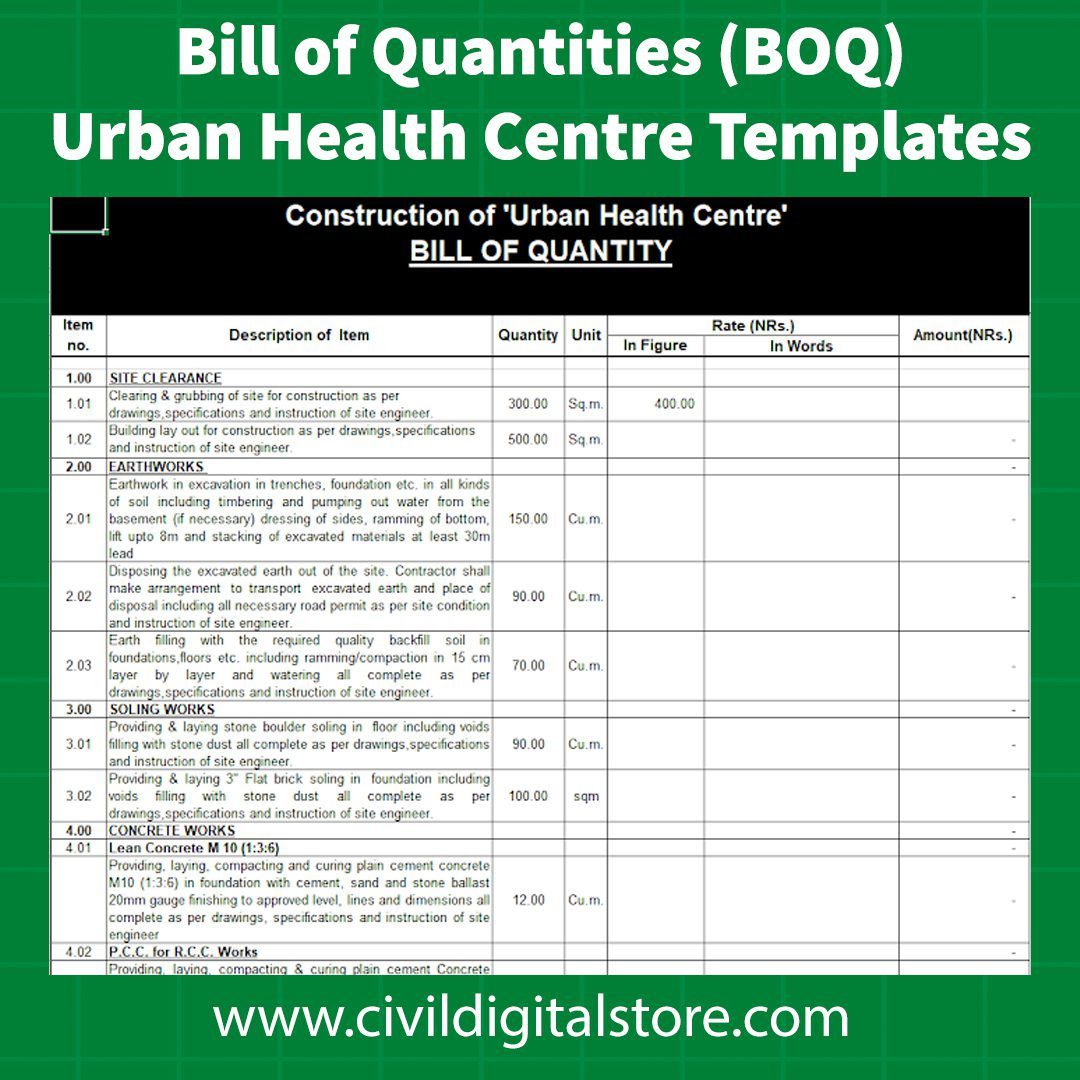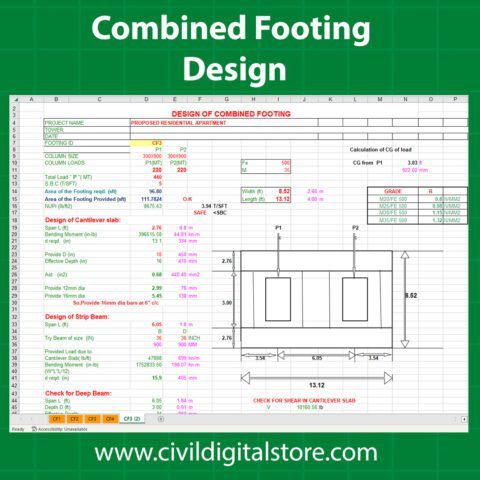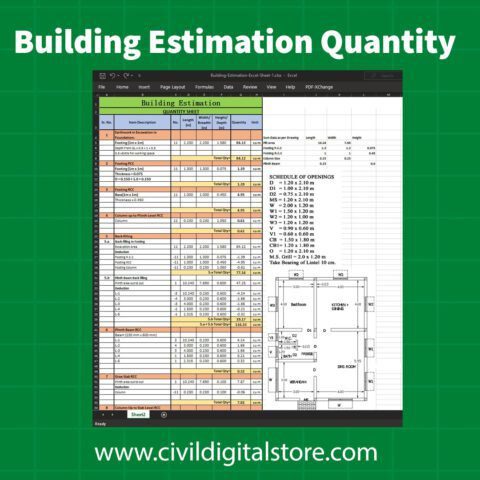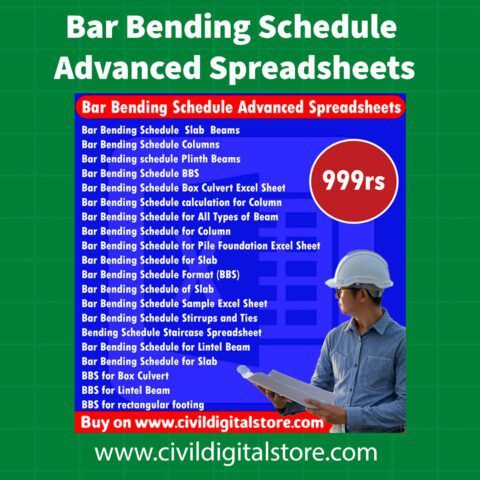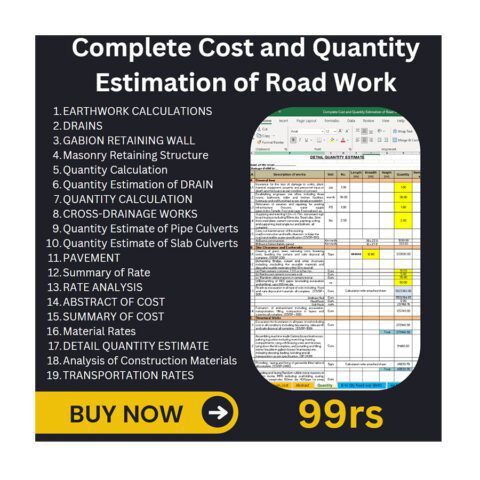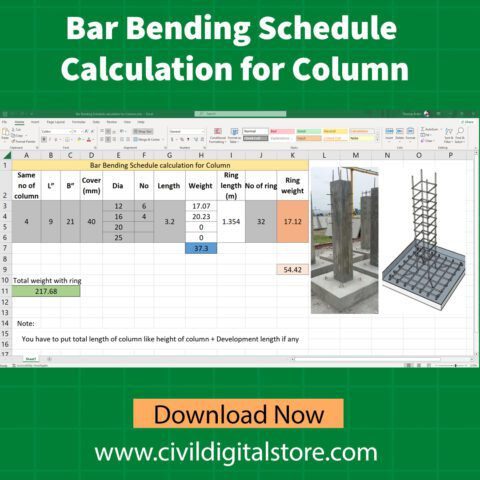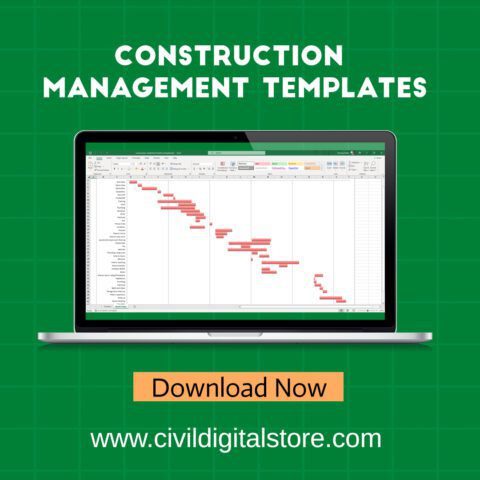Bill of Quantities (BOQ) Urban Health Centre Templates
The Importance and Components of a Bill of Quantities in Construction Projects
A Bill of Quantities (BOQ) is a document that provides a detailed breakdown of the quantities, descriptions, and specifications of all materials, labor, and equipment required to complete a construction project. It is an essential tool used in the construction industry to estimate costs, prepare tenders, and facilitate the procurement process.
Importance of Bill of Quantities (BOQ)
The BOQ serves as a comprehensive inventory of all the items needed for a construction project, including everything from bricks and cement to electrical wiring and plumbing fixtures. Each item is listed separately, along with its quantity, unit of measurement, and any specific requirements or specifications. This level of detail allows contractors and suppliers to accurately assess the scope of work and provide accurate cost estimates.
Role of Bill of Quantities (BOQ) in Tendering Process
In addition to providing a detailed breakdown of materials and quantities, the BOQ also includes information about labor requirements. This includes the number of hours or days required for each task, as well as the specific skills or qualifications needed for the job. By including this information, the BOQ helps contractors and project managers allocate resources effectively and plan the construction schedule accordingly.
Furthermore, the BOQ plays a crucial role in the tendering process. When a construction project is put out for tender, contractors are required to submit their bids along with a detailed breakdown of costs. The BOQ serves as a reference document for contractors to accurately estimate their costs and determine their profit margin. It also ensures transparency and fairness in the tendering process, as all contractors are working from the same set of specifications and quantities.
Role of Bill of Quantities (BOQ) in Construction Process
Once the project is awarded to a contractor, the BOQ becomes a vital reference document throughout the construction process. It helps in tracking the progress of work, ensuring that all materials and quantities are being used as planned. Any deviations from the BOQ can be identified and addressed promptly, preventing cost overruns or delays.
Benefits of a Well-Prepared Bill of Quantities (BOQ)
1. Enhances Quality Control
Another important aspect of a well-prepared Bill of Quantities is that it helps in maintaining quality control throughout the construction project. The detailed breakdown of materials and workmanship specified in the BOQ ensures that the client’s expectations regarding the quality of the project are met. It provides a clear reference for the contractor to follow, ensuring that the right materials are used and the work is carried out to the required standards.
2. Streamlines Procurement Process
The BOQ plays a crucial role in streamlining the procurement process. It provides a comprehensive list of materials and equipment required for the project, allowing the client to plan and schedule procurement activities effectively. By having a clear understanding of the quantities and specifications mentioned in the BOQ, the client can negotiate better prices, ensure timely delivery of materials, and avoid any delays or disruptions in the construction process.
3. Enables Effective Communication
The detailed information provided in the BOQ serves as a common language between the client, the contractor, and other stakeholders involved in the project. It eliminates any ambiguity or confusion regarding the scope of work, allowing effective communication and collaboration. The BOQ acts as a reference point for discussions, negotiations, and decision-making, ensuring that everyone is on the same page throughout the construction process.
4. Provides a Basis for Payment Certificates
During the construction project, the client makes payments to the contractor based on the progress of the work. The BOQ serves as a basis for preparing payment certificates, as it provides a clear breakdown of the quantities and rates for each item of work. It ensures that the contractor is paid accurately for the work completed, avoiding any disputes or discrepancies in the payment process.
5. Supports Future Maintenance and Repairs
The BOQ not only benefits the client and contractor during the construction phase but also serves as a valuable reference for future maintenance and repairs. The detailed information about the materials used and the work carried out helps in identifying and addressing any issues that may arise after the project is completed. It enables effective maintenance planning and ensures that the client can easily procure the required materials and services for any future repairs or renovations.
Additional Sections in Bill of Quantities (BOQ)
6. Method of Measurement
The method of measurement section in the Bill of Quantities outlines the specific methodology that will be used to calculate the quantities of each item. This section may include details on how measurements will be taken, what tools or equipment will be used, and any specific guidelines or standards that need to be followed.
7. Bill of Quantities Preparation
This section provides information on how the Bill of Quantities was prepared. It may include details on the software or tools used to generate the BOQ, the qualifications of the person or team responsible for its preparation, and any quality control measures that were taken to ensure accuracy and consistency.
8. Contract Documents
The Bill of Quantities is an integral part of the contract documents for a construction project. This section may include references to other contract documents, such as the drawings, specifications, and conditions of contract. It serves as a reference point for both the contractor and the client to understand the scope of work and the pricing basis.
9. Amendments and Variations
Amendments and variations to the Bill of Quantities may occur during the course of a project. This section outlines the procedures and requirements for making changes to the BOQ, including the process for issuing and pricing variations, and any documentation that needs to be submitted.
10. Currency and Payment Terms
The currency and payment terms section specifies the currency in which the prices in the BOQ are quoted and the payment terms agreed upon between the parties. It may include details on the payment schedule, any retention amounts, and any penalties or incentives related to timely completion or quality of work.
11. Appendices
The appendices section includes any additional information or documents that are relevant to the BOQ but not included in the main body. This may include sample calculations, reference documents, or any other supporting material that provides further clarification or context.
Documentation and Presentation of Bill of Quantities (BOQ)
6. Documentation and Presentation
Once the BOQ has been reviewed and validated, it is important to document and present it in a clear and organized manner. This includes creating a structured document that lists all the items, quantities, descriptions, and rates. It is also helpful to include any relevant drawings, specifications, or supporting documents to provide a comprehensive understanding of the project requirements.
The presentation of the BOQ should be professional and easy to navigate. It is common to use tables or spreadsheets to present the information in a structured format. The document should be well-formatted, with clear headings and subheadings, and should include a table of contents for easy reference.
7. Revision and Updates
As the project progresses, it is common for changes to occur, such as design modifications, variations in quantities, or updates to specifications. It is important to keep the BOQ up-to-date by revising and updating it as necessary. This may involve adjusting quantities, revising descriptions, or updating rates to reflect any changes in the project requirements.
Regular reviews and updates of the BOQ help to ensure that it remains accurate and relevant throughout the duration of the project. This helps to avoid any misunderstandings or disputes regarding the scope of work and helps to maintain transparency and clarity in the project documentation.
Follow on Facebook click here
More Software on click here

